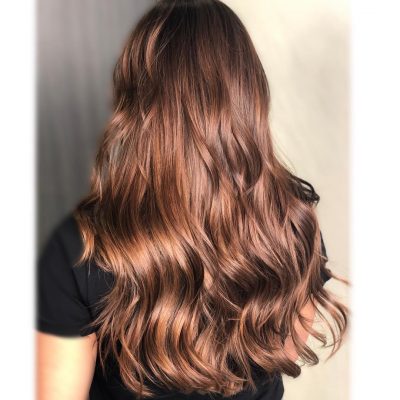Lice infestations have long been a source of frustration and discomfort, particularly among school-aged children and their families. Traditionally, the battle against these persistent parasites has been waged with a variety of medicated shampoos, over-the-counter treatments, and exhaustive combing sessions. However, a surprising new player has entered the arena: hair dye. This unconventional method is not only proving effective in eradicating lice but also offers a stylish twist to an otherwise tedious ordeal. Hair dye’s potential as a lice treatment lies in its chemical composition. Permanent and semi-permanent hair dyes contain ammonia and hydrogen peroxide, both of which are known to be toxic to lice. These chemicals penetrate the exoskeletons of lice and their eggs nits, effectively killing them. This dual action makes hair dye a formidable opponent in the fight against lice, targeting both the active insects and their future generations in one fell swoop.

The process of using hair dye to eliminate lice is straightforward and convenient. After selecting a dye, ideally one that includes both ammonia and hydrogen peroxide, individuals apply it according to the product instructions. The dye needs to be left on the hair for the recommended amount of time, usually around 30 minutes, to ensure that it has enough time to work its magic. During this period, the chemicals infiltrate and destroy the lice and their eggs. Following the dyeing process, thorough rinsing and combing with a fine-toothed lice comb help remove the dead lice and nits from the hair. One of the most appealing aspects of using hair dye for lice treatment is its added benefit of providing a fresh, new look. This approach transforms a typically distressing experience into an opportunity for self-expression and style enhancement. Whether opting for a bold, vibrant color or a subtle change, individuals can turn the ordeal of dealing with lice into a positive, even enjoyable, experience. The allure of a new hair color can make the treatment process less daunting, especially for children who might be apprehensive about traditional lice removal methods.
Moreover, hair dye as a lice treatment addresses some of the limitations of conventional methods. Many over-the-counter lice treatments rely on pyrethrins or permethrin, to which lice have developed increasing resistance over the years. This resistance can render these treatments less effective, necessitating multiple applications and prolonged efforts to completely eradicate the infestation does dying hair kill lice. In contrast, the chemical components of hair dye have not faced the same resistance issues, providing a more reliable solution in many cases. However, it is essential to consider the potential drawbacks and limitations of using hair dye as a lice treatment. Hair dye can cause allergic reactions or irritation in some individuals, particularly those with sensitive skin or allergies to the ingredients. A patch test is recommended before full application to mitigate the risk of adverse reactions. Additionally, while hair dye is effective against lice, it is not a substitute for the comprehensive cleaning of bedding, clothing, and other personal items that may harbor lice.
